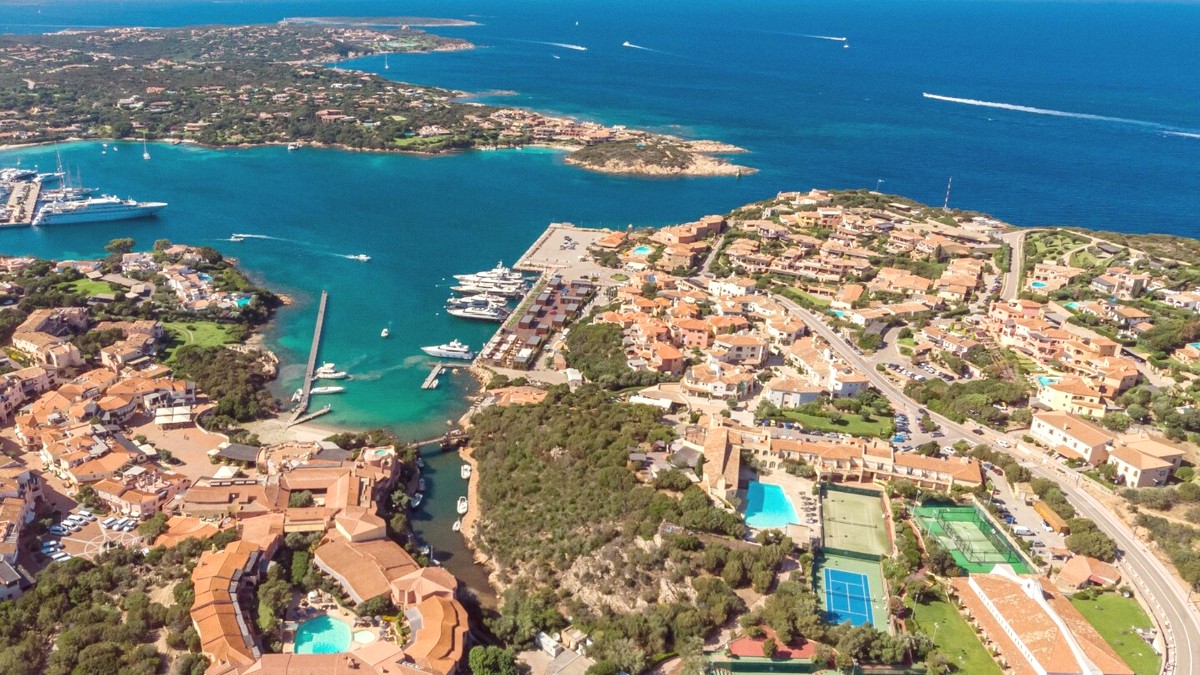
Sardinia, Italy
Porto Cervo itself has a very limited public transport infrastructure, structured as a private resort area, not a city. ARST (Azienda Regionale Sarda Trasporti) is Sardinia's main public bus company. ARST operates regional bus services connecting Porto Cervo to nearby towns.
These services are more infrequent compared to public transport in major European cities. Schedules often do not align perfectly with tourist activities. During the low season, services are minimal or non-existent. Seasonal "beach bus" services may operate in peak summer, connecting Porto Cervo center with major beaches in the immediate area.
Purchase tickets at tabaccherie, newsstands, or bars before boarding. Validate upon entry.
Fares are distance-based, a few Euros for local trips. Driver-purchased tickets may cost slightly more.
Older public buses may not be fully accessible for mobility impairments. Private transfers are more suitable.
Taxis are present in Porto Cervo but are an expensive transportation mode.
Cannot hail on the street. Find at designated stands (marina, hotels) or book via hotel concierge.
High fares. Short village rides can be €20-€50. Olbia Airport transfers €70-€100+. Confirm estimate first.
Uber/Lyft not widely available for standard ride-hailing in Porto Cervo or most of Sardinia.
Renting a car presents the most flexible and often the most practical way to explore Porto Cervo and its surroundings. Motorcycle, scooter, and specialty vehicle rentals are also available.
The marina area and town center are pedestrian-friendly with flat, paved walkways for leisurely strolls.
Easily walk around the marina, Piazzetta, and up to Stella Maris Church to appreciate architecture and views.
Limited dedicated cycling paths. Cycling works well on quieter roads outside the bustling center or inland mountain trails.
Beyond standard options, Porto Cervo presents unique luxury transport methods, notably linked to its maritime identity.
Porto Cervo's compact center and marina are relatively flat and navigable with mobility aids.
Some shops and villas may have steps or uneven surfaces.
Public bus accessibility is limited. Older models may lack ramps or dedicated spaces for wheelchairs.
Private transfers are the most reliable accessible option.
When booking, communicate specific mobility needs to hotels to secure appropriate arrangements.
Some luxury hotels are better equipped with accessible rooms.
Porto Cervo's distinct character calls for thoughtful transportation planning. While public options are limited, a variety of alternatives cater to different travel styles and budgets.
Factor in extra travel time during peak season due to potential traffic or busy ports.
Public buses are the most economical, though less flexible. Car pooling for rentals saves money.
Always use licensed taxis. Drive defensively and adhere to local traffic laws.
While luxury and convenience are hallmarks of Porto Cervo, planning your movements in advance, especially during peak season, will elevate your travel experience.
Embrace the freedom of a rental car for exploration, and consider maritime options for unparalleled coastal access.